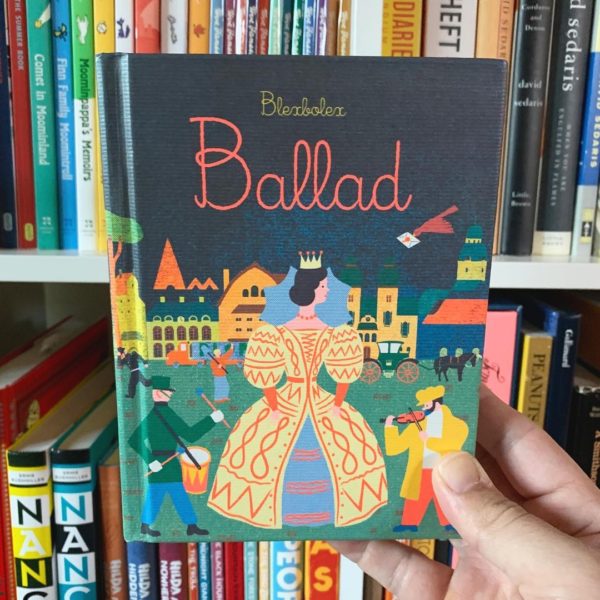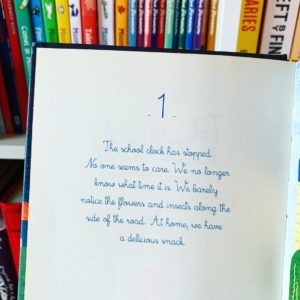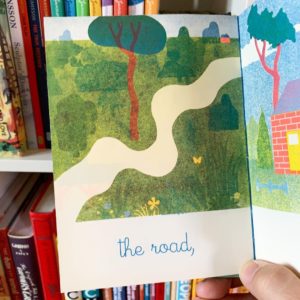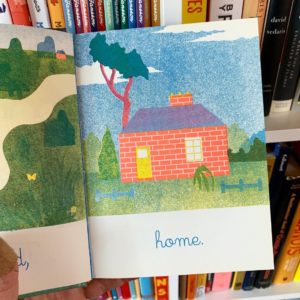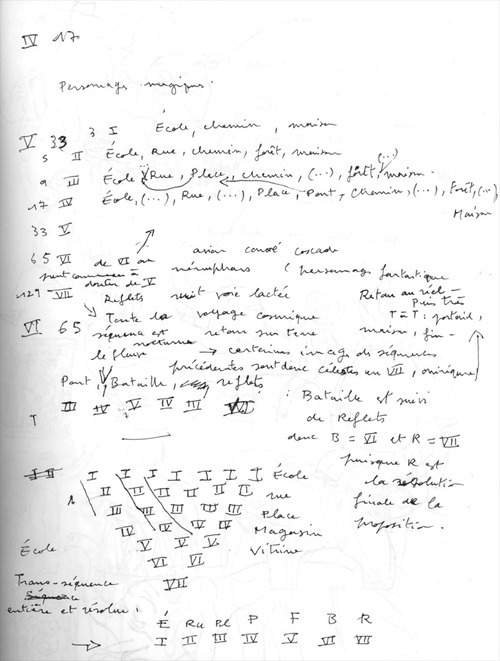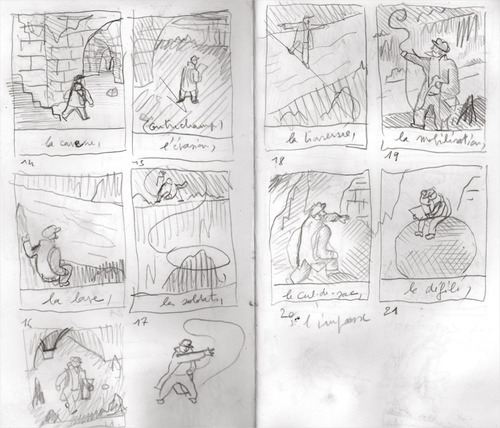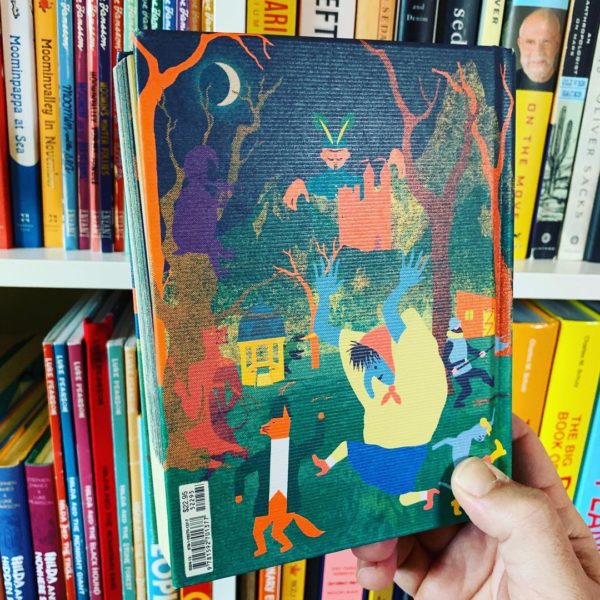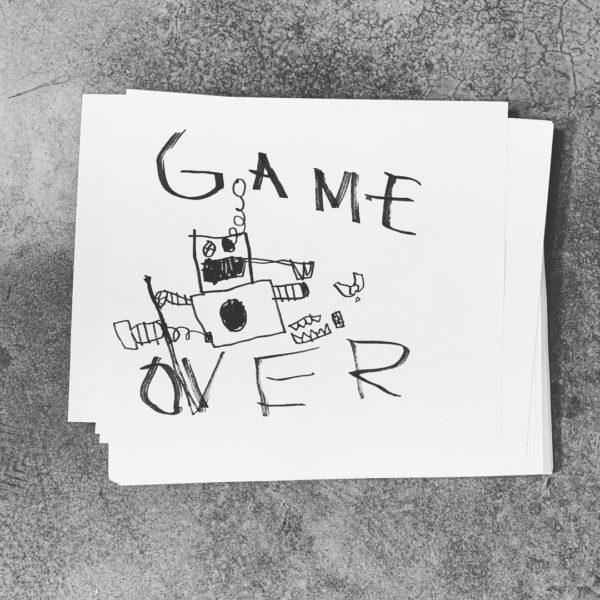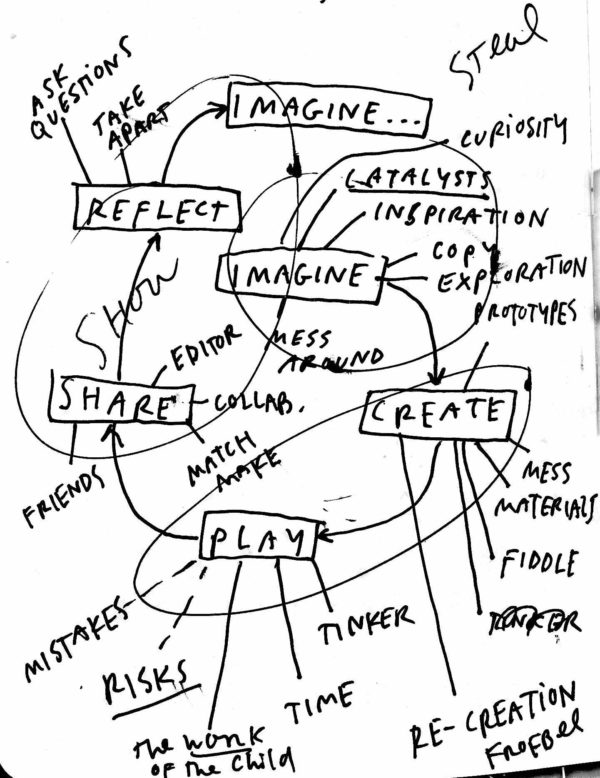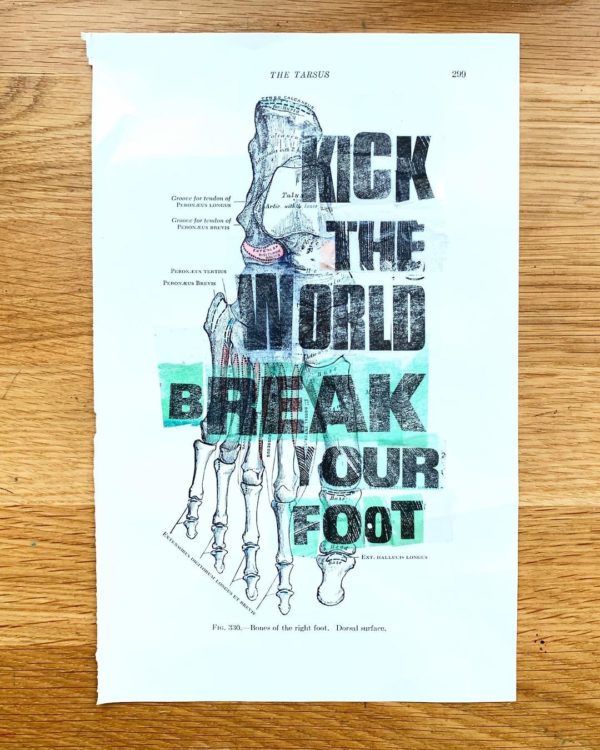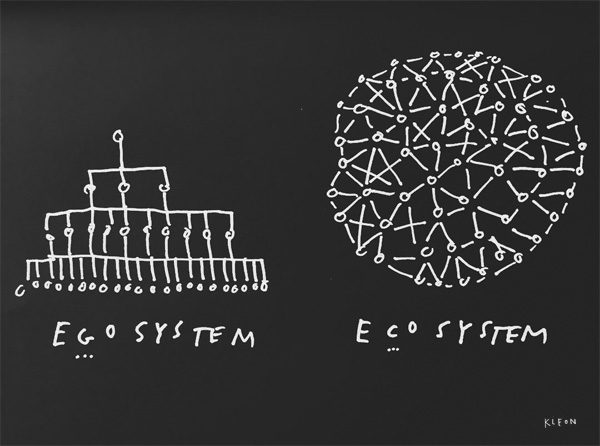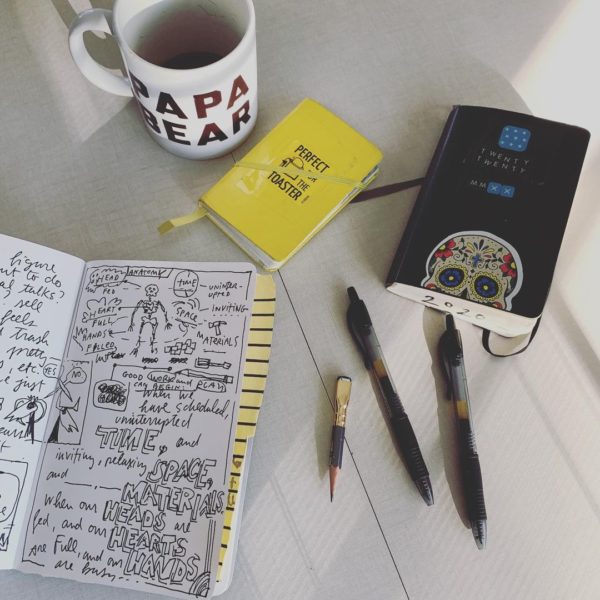
“Of all the self-help tools I’ve tested through the years,” Oliver Burkeman (author of The Antidote) writes in his latest issue of The Imperfectionist, “one has proved more enduring than the rest: Morning Pages.”
Julia Cameron writes about morning pages in The Artist’s Way and her shorter spin-off, The Miracle of Morning Pages. She says:
Morning Pages are three pages of longhand, stream of consciousness writing, done first thing in the morning. *There is no wrong way to do Morning Pages*– they are not high art. They are not even “writing.” They are about anything and everything that crosses your mind– and they are for your eyes only. Morning Pages provoke, clarify, comfort, cajole, prioritize and synchronize the day at hand. Do not over-think Morning Pages: just put three pages of anything on the page…and then do three more pages tomorrow.
https://www.youtube.com/watch?v=aU4pyiB-kq0
Schoolhouse Rock (and De La Soul) taught us: 3 is a Magic Number.
Somewhere in the ancient mystic trinity
You get three as a magic number
The past and the present and the future
The faith and hope and charity
The heart and the brain and the body
Give you three as a magic number
Is this some Hippie Shit? Yes. But, as Oliver notes, it is Hippie Shit that seems to work!

I do three pages minimum in my diary every morning. It’s not exactly freewriting, more old-fashioned diary, mixed with the occasional comics and diagrams.
My method is cribbed from The Sedaris Method: write things down all day in a pocket notebook, then wake up the next morning, fill out my logbook, and then write longhand about yesterday.
When I don’t know what to write about I answer “The Best Thing” prompt or draw until I feel like writing. (This morning I wrote about banana bread and palm trees.)
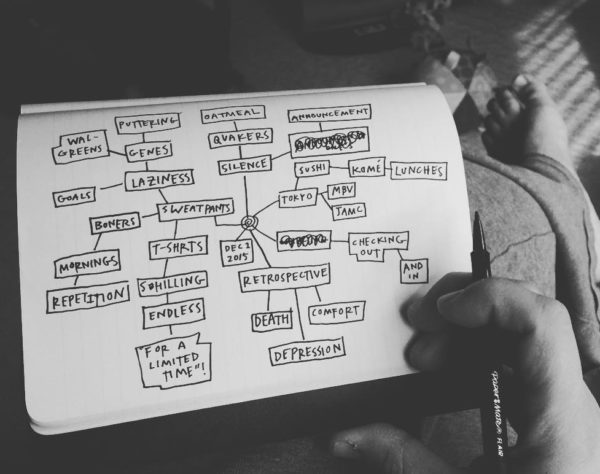
I often do some combination of mind-mapping or what Janet Burroway in Writing Fiction calls “clustering”: starting in the middle of a page, writing a word, putting a box or circle around it, then writing another word, etc., until I have a tree or web. (Maps are magic, too.)
I do this very slowly, and let one thing sort of lead into the other. It’s like emptying out the junk in your brain. The reason I sometimes prefer it to straight prose on notebook paper is that you can more easily see the connections between all the weird crap on your mind. (There’s a blank “mind map” in The Steal Like An Artist Journal.)
I recently found out that the director Harmony Korine does a deranged version of this kind of non-linear map-writing to come up with ideas for his films. Watch the video above (if you dare) to see it in action.
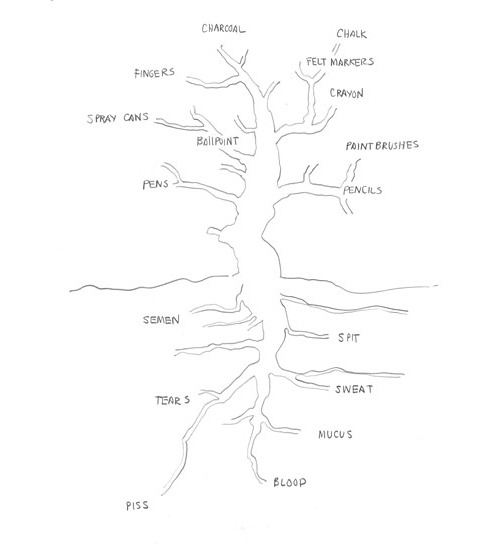
In David Byrne’s book of tree drawings, Arboretum, he writes that diagrams like these are “an eclectic blend” of:
…faux science, automatic writing, satire, and an attempt to find connections where none were thought to exist — a sort of self-therapy, allowing the hand to say what the voice cannot. Irrational logic, it’s sometimes called. The application of logical scientific rigor and form to basically irrational premises. To proceed, carefully and deliberately, from nonsense, with a straight face, often arriving at a new kind of sense. The world keeps opening up, unfolding, and just when we expect it to be closed — to be a sealed, sensible box — it shows us something completely surprising.
Emphasis mine. (See: “The value of nonsense.”)
“There’s a general attitude here that’s well worth cultivating,” Oliver writes, “a healthy scepticism toward the part of your brain that’s so enthusiastic about controlling how things unfold. You just do the pages, and something else does the rest.”
Here, I think, is something else valuable to be uncovered from the morning pages: just as you let go and let the pages unfold, in some small way, you’re also training yourself to let your day unfold. To, hopefully, be as improvisational and playful in filling your day as you were about filling your notebook.
